Whether it’s managing diabetes alongside cardiology, tracking thyroid changes during pregnancy, or coordinating post-op care with surgery, cross-specialty collaboration is at the heart of endocrinology.
But the reality? It’s messy. Faxed referrals, siloed EHRs, and fragmented communication slow down care and frustrate both staff and patients.
That’s where AI-powered care coordination comes in.
In this article, we’ll explore how smart AI tools are finally bridging the communication gap between endocrinology and other specialties—and which ones are leading the charge.
Why Care Coordination Is So Complex in Endocrinology
Endocrinologists don’t just treat one condition. They manage chronic, complex, multi-system diseases over months or years. That means working with:
- Primary care for diabetes, lipids, hypertension
- Cardiology for diabetes complications and hypertension
- Ob/Gyn for thyroid management in pregnancy or PCOS
- Surgery for thyroidectomy or adrenal cases
- Nephrology for diabetic nephropathy and CKD
- Ophthalmology for diabetic retinopathy
- Pediatrics for juvenile endocrine disorders
Each of these relationships generates labs, imaging, consults, orders, and documents that must be triaged, tracked, and followed up on—all while staying compliant and timely.
The Old Way: Faxes, Sticky Notes, and “Did Anyone Call Back?”
Traditionally, endocrine care coordination has relied on:
- Paper faxes of consults and lab results
- Manual referral tracking in spreadsheets
- Phone tag with other offices
- “Task buckets” in the EHR with no ownership
- Staff writing sticky notes or calling to follow up
It’s inefficient, error-prone, and ultimately delays care.
How AI Changes the Game
AI tools—especially those purpose-built for specialty workflows—can now automate and streamline cross-specialty communication through:
🧠 1. AI-Powered Referral Intake + Routing
- Automatically extract reason for consult, referring provider, and urgency
- Route to the correct endocrine sub-specialist or scheduler
- Flag missing labs or documentation from referring PCPs
🔄 2. Automated Follow-Up Loops
- Track outstanding consults and close the loop once seen
- Alert staff if imaging or labs haven’t been completed before endocrine visit
- Trigger reminders to PCP or other specialists
📨 3. AI Fax Triage
- Read inbound faxes from cardiology, OB, or nephrology
- Tag them by document type (lab, prior auth, note)
- Route directly into the appropriate patient chart or workflow queue
📝 4. Shared Documentation + Summaries
- Auto-summarize visits for other providers
- Generate condition-specific communication (e.g., “Send this A1c summary to PCP”)
✅ 5. Eligibility + Auth Coordination
- Verify insurance coverage across primary + specialty services
- Bundle endocrine consults with other visits in multi-specialty groups
Top AI Solutions for Care Coordination in Endocrinology
Here are some platforms making a meaningful difference:
✅ Honey Health
- Built for complex, multi-specialty back-office coordination
- AI agents for fax intake, referral tracking, prior auth, and post-visit follow-ups
- Deep integrations with EHRs and fax inboxes
- Especially strong in high-volume endocrinology practices
✅ Memora Health
- Focuses on patient pathways and reminders
- Good for post-op or chronic care follow-up, especially SMS-based
- Less specific to referral workflows
✅ Health Note / Notable / Nabla
- Focused on intake and patient-facing questionnaires
- Some offer cross-specialty automation but require more configuration
✅ Intrado / Luma Health
- Patient communication + reminder platforms
- May integrate with care management programs but less AI-driven for back-office
Real-World Use Case: Diabetes + Cardiology Coordination
An endocrinology group using Honey Health AI agents reported:
- 73% reduction in missed follow-ups with referring cardiologists
- 4x faster processing of shared imaging and labs
- 100% automated flagging of abnormal A1cs for cross-referral back to PCPs
Instead of relying on calls and sticky notes, the AI handled:
- Reading faxes from the cardiologist’s office
- Updating the referral status
- Scheduling the endocrine follow-up
- Notifying the PCP with a templated summary
All without a staff member needing to intervene.
Questions to Ask When Choosing an AI for Coordination
Before selecting a platform, ask:
- Can it process inbound documents from any source?
- Does it integrate with our fax system, EHR, and scheduling tools?
- Can it handle multiple types of coordination (e.g., referral + labs)?
- Is it trained on endocrinology-specific workflows?
- Does it offer audit trails and activity logs for compliance?
Final Thoughts: Better AI, Better Teamwork
Endocrinology doesn’t exist in a vacuum—and neither should your AI.
When your AI tools can read, route, and close the loop on care across specialties, you deliver faster, more coordinated care, with less burden on your staff.
In a world where patients are living longer with chronic conditions, AI-driven coordination isn’t optional—it’s essential.

